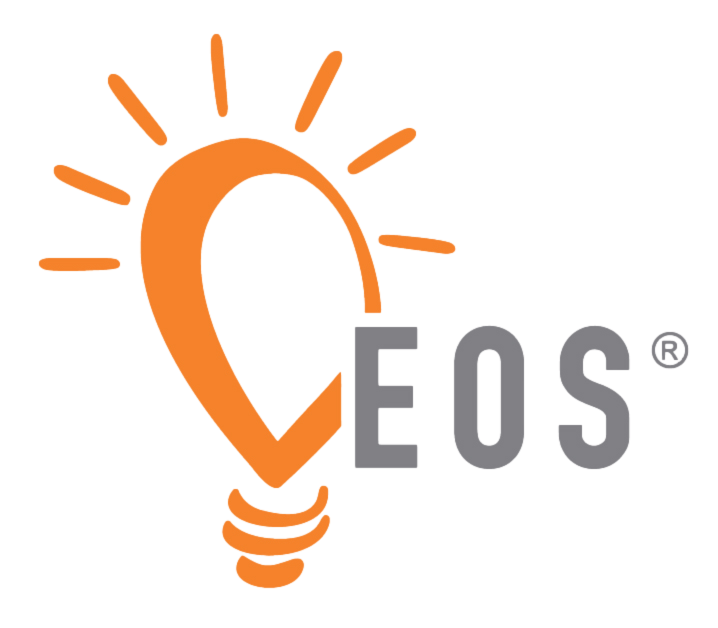Problem solving as a leadership team is the one of the most important skills you can build because the organization needs you to do it so the issues that get identified during your EOS® journey get solved. It is also critical as you cascade your L10 meetings that you facilitate it well to help all your people master the skill of IDS.
The reality, I see some teams do this really well, and yet I see others struggle with this. At my recent quarterly with all my EOS peers, Mike Paton did a deep dive on IDS that I wanted to review with you. Here are some key tips.
- Core Activity #1: Do the L10 Meeting Well – Remember, the basic structure of the L10 with a scorecard, rock, people headlines, and To Do review should generate a strong issues list each day, including the brainstorm before IDS where the team bring other issues to consider. If this is not happening regularly the team needs to step up.
- Core Activity #2: Prioritize your issues to identify your top 3 first – Start with one, and don’t move on to #2 until the question is asked of the person that brought up the issue: Are we solved on this issue? and the next steps (usually a To Do) is documented).
Here are some tips from Mike Paton (past Visionary at EOS)
- Great IDS is not: 1) like a suggestion box in a lunchroom – throw a bunch of ideas in there and then never talk about them 2) A shoot the messenger activity – in a culture of courage people bring up tough things, stay to contribute to IDS, and work to solve the issue. Do you see that?
- Identify Best Practice #1: Ask lots of questions in I to get to the real issue – After the person bringing the issue up states the root cause of the issue in a single sentence, use these questions to drill down to the root cause:
- What is the REAL issue?
- I hear you saying the problem, what is the root cause?
- Can you restate that in a single sentence that focuses on the real issue?
- Tell me a little more about that?
- Could you unpack that a little more for us?
- Identify Best Practice #2: Use the EOS mode – The root cause of almost every issue is weakness in one of the core components of EOS. Go to the EOS model and ask: Is the root cause a weakness in the Vision component? The People component? The Data component? The Issues component? The Process component? The Traction component? Once you get an answer go back to #2 and dig to the root cause. (I am having a local shop make a printed copy of a dry erase board that will have the model on it. if you want one email me.)
- Identify Best Practice #3: Be visual – Write all the Issue statement on a board. It is that simple and will help your teams focus on the root cause.
Here are some other tips:
- Discuss: If it is going too long you are either 1) Not solving the real issue or 2) Not being open or honest 3) Repeating opinions/politicking 4) On a tangent (say Tangent Alert!)
- Discuss: Some humorous statements to keep statements focuses: Your plane is running low on fuel so we need to land it. Thank you Governor (their name), but you are not answering the question we are trying to answer.
- Solve: Based on our accountability chart – who should know the answer? Look to that person to summarize the solution or next steps based on the discussion.
- Stalling for more info: When people are asking for more info 90% of the time they are just stalling. Go to the staller, ask specifically what info they need, and ask if they would be willing to go get it. Make it a To Do if you have time, or if a decision needs to be made the Integrator is the tie breaker.
As you cascade your L10’s to your teams, remember to work hard to refine their skills in IDS. Teach, coach, and facilitate to the model I presented above. One thing I realized from Paton’s presentation is that I need to tighten up my own skills in our quarterlies so that you see an example of great IDS facilitation as you challenge yourself to grow in that area.
As always, if you want me to attend an L10 let me know. Another best practice is to have an outside leader attend your L10 to give you feedback, and maybe help you facilitate some of your IDS topics to strengthen this skill.

